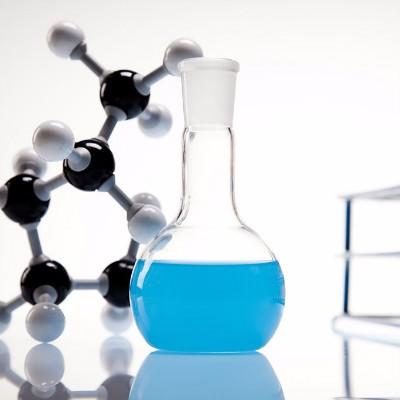What is atrial septal defect
summary
Atrial septal defect (ASD) is a kind of congenital heart malformation. There are many kinds of pathogenic factors, and it is easy to produce complications. It needs timely treatment. Let's see what is atrial septal defect.
What is atrial septal defect
First of all, atrial septal defect (ASD) is a common congenital heart malformation in clinic, which is caused by the abnormality of the original atrial septum in the process of embryonic development, resulting in left and right atrial pores. Atrial septal defect (ASD) can occur alone or coexist with other types of cardiovascular malformations. The ratio of male to female is about 1:3. Due to the presence of shunt at the atrial level, the corresponding hemodynamic abnormalities can be caused.
Secondly, most of the children with secundum atrial septal defect have no symptoms except for respiratory tract infection such as common cold, and their activities are not limited. They usually show shortness of breath, palpitation and fatigue in their youth. After the age of 40, the symptoms of most patients worsened, and atrial fibrillation, atrial flutter and other arrhythmias and congestive heart failure often appeared, which is also an important cause of death. Therefore, when there is a similar situation, we must deal with it in time to avoid the most serious situation.
Finally: for children over 1 year old with secundum atrial septal defect, if the defect is less than 5 mm, it can be observed, if there is enlargement of right atrium and right ventricle, it is generally recommended to repair it before school age. About 5% of the infants developed congestive heart failure within one year after birth.
matters needing attention
3 months after surgery can play preventive injection, if the child is not comfortable, cold, fever can not play. For children over 2 years old, they can eat chicken, duck, fish, meat and shrimp. However, we should pay attention to the abnormal situation that may appear on the child and deal with it in time.












